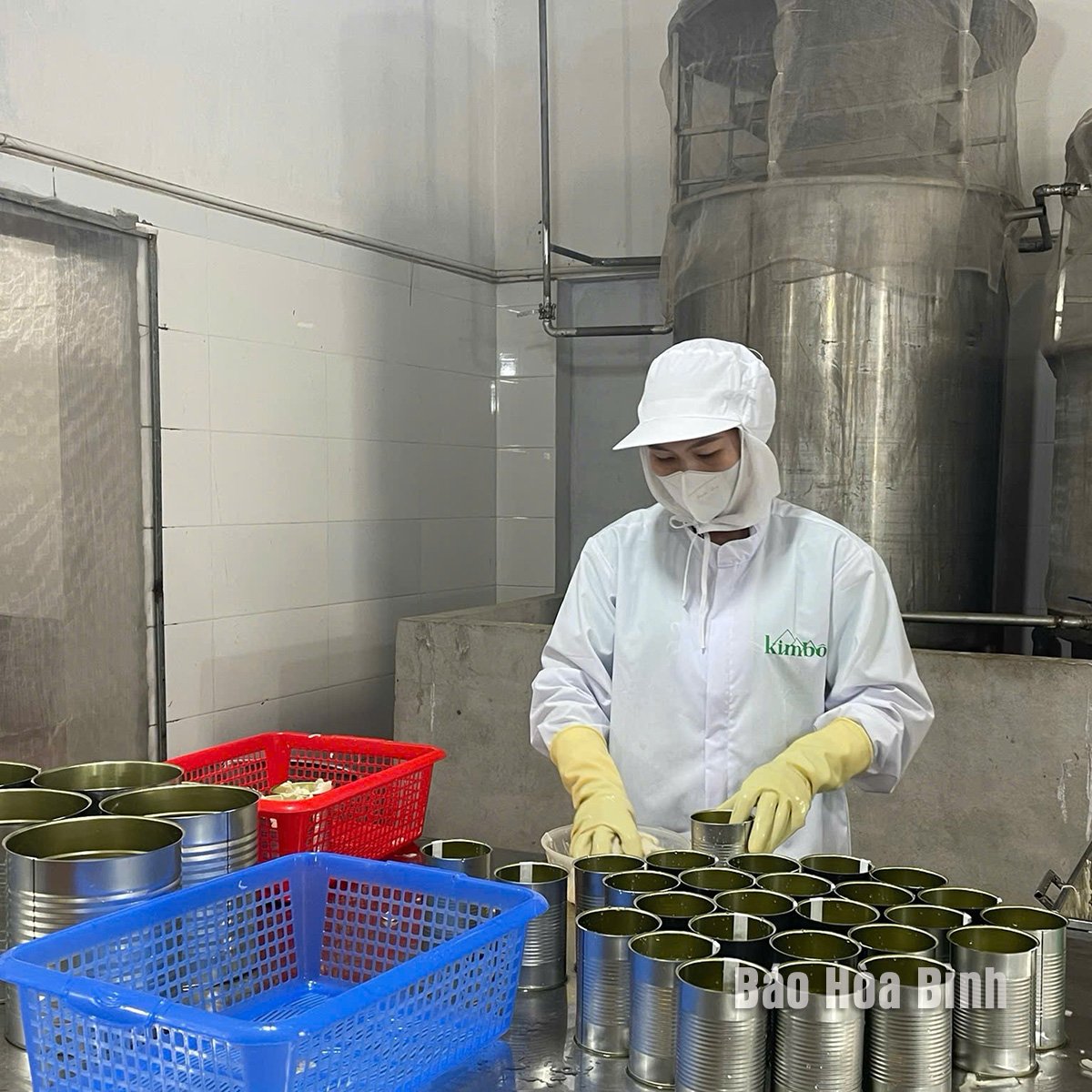If you regularly take shallow breaths, the muscles in your neck, shoulders and chest may have to work too hard to support breathing, leading to pain and other health problems, according to Channel NewsAsia (CNA).
The respiratory control center, located in the brain's medulla oblongata, automatically regulates our breathing based on signals from sensors about carbon dioxide, oxygen, and blood pH levels. If breathing is out of whack, the body may respond with a deep sigh.

Sighing improves breathing
Photo: AI
Shallow breathing, often caused by stress, anxiety or bad habits, increases the concentration of carbon dioxide in the blood. This stimulates the respiratory center, forcing us to breathe more deeply to rebalance. That is why we sigh. Rapid, shallow breathing is not good because it can lead to alkalization of the blood, causing dizziness, lightheadedness and tingling in the hands and feet.
Deep breathing, with a deep inhale and a longer exhale, increases the surface area of the lungs, improves gas exchange, and eliminates excess carbon dioxide more efficiently. It also prevents alveolar collapse and restores the elasticity of the lungs, while rebalancing oxygen and carbon dioxide levels as needed. On average, a person unconsciously sighs about 12 times per hour while awake.
Sighing also activates the parasympathetic nervous system, which helps slow the heart rate, lower blood pressure, and improve digestion. This nervous system acts as the body's "autopilot," controlling vital functions without our conscious control.
However, sighing is different from active deep breathing. Sighing is usually unconscious, with a longer exhalation and taking advantage of the natural elasticity of the lungs. Active deep breathing, on the other hand, is controlled by the cerebral cortex, is faster, and actively uses the respiratory muscles. Experts recommend practicing diaphragmatic breathing instead of just expanding the chest when breathing deeply to get the real benefits.
One recommended breathing technique is cyclical breathing: Inhale slowly through your nose until your lungs are full, take another breath to fully expand, then exhale slowly through your mouth until you are out of air. Repeating this for 5 minutes a day can improve your mood and reduce your breathing rate.
Instead of trying to do complicated techniques, focus on breathing properly with your diaphragm. Take “breath breaks” throughout the day, with slow, deep breaths and longer exhales. Focus on exhaling rather than trying to take in as much air as possible.
Source: https://thanhnien.vn/loi-ich-bat-ngo-cua-viec-tho-dai-185250415174509531.htm


![[Photo] National Assembly Chairman Tran Thanh Man attends the summary of the organization of the Conference of the Executive Committee of the Francophone Parliamentary Union](https://vstatic.vietnam.vn/vietnam/resource/IMAGE/2025/4/15/fe022fef73d0431ab6cfc1570af598ac)
![[Photo] General Secretary To Lam receives Ethiopian Prime Minister Abiy Ahmed Ali](https://vstatic.vietnam.vn/vietnam/resource/IMAGE/2025/4/15/086fa862ad6d4c8ca337d57208555715)

![[Photo] Prime Minister Pham Minh Chinh holds talks with Ethiopian Prime Minister Abiy Ahmed Ali](https://vstatic.vietnam.vn/vietnam/resource/IMAGE/2025/4/15/4f7ba52301694c32aac39eab11cf70a4)
![[Photo] The two Prime Ministers witnessed the signing ceremony of cooperation documents between Vietnam and Ethiopia.](https://vstatic.vietnam.vn/vietnam/resource/IMAGE/2025/4/15/16e350289aec4a6ea74b93ee396ada21)
![[Photo] Welcoming ceremony for Prime Minister of the Federal Democratic Republic of Ethiopia Abiy Ahmed Ali and his wife](https://vstatic.vietnam.vn/vietnam/resource/IMAGE/2025/4/15/77c08dcbe52c42e2ac01c322fe86e78b)
















![[Photo] General Secretary To Lam meets with veteran revolutionary cadres, meritorious people, and exemplary policy families](https://vstatic.vietnam.vn/vietnam/resource/IMAGE/2025/4/15/7363ba75eb3c4a9e8241b65163176f63)





























































Comment (0)